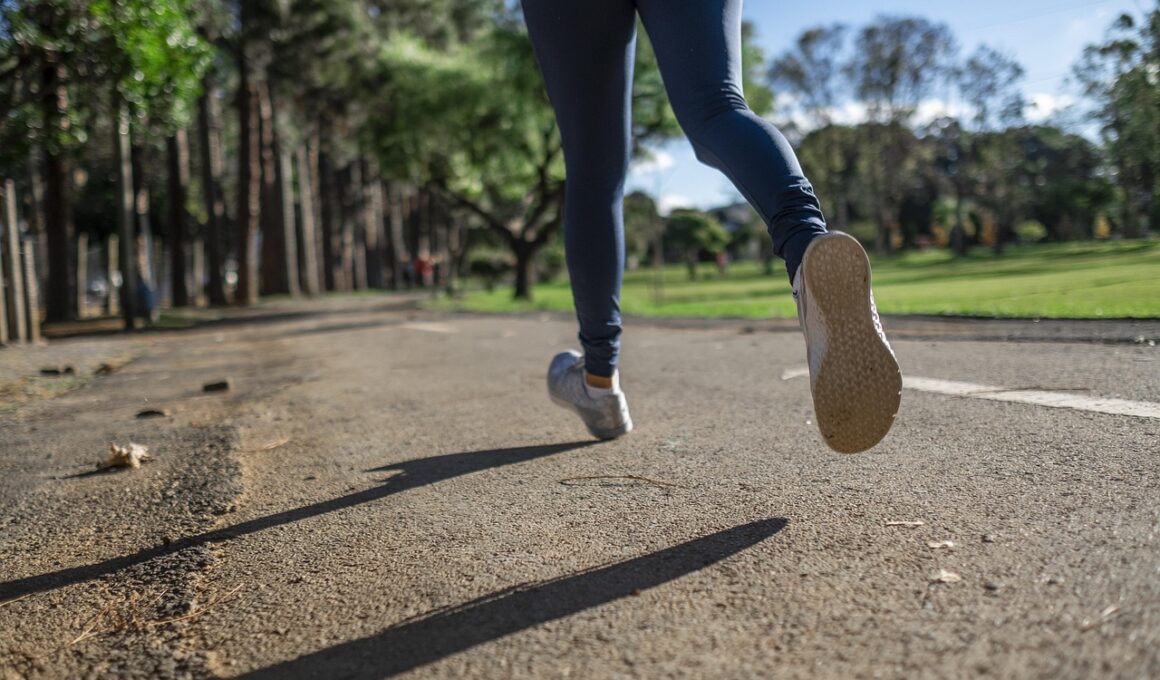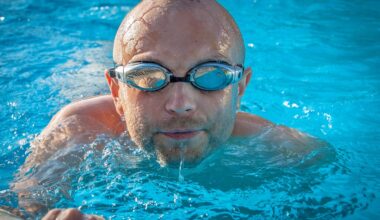Top 10 Speed and Agility Drills for Group Fitness Enthusiasts
Speed and agility training is vital for enhancing athletic performance and overall fitness. Group fitness classes provide a fun atmosphere while helping individuals improve their speed, coordination, and quickness. The first drill to incorporate is the *ladder drill*, which enhances foot speed and agility. To execute this drill, lay down an agility ladder and perform various footwork patterns like the in-and-out and side shuffle. Another essential drill is the *cone drill*, where you set up cones in various patterns, forcing participants to sprint, change direction, and accelerate. This dynamic movement helps improve reaction time.
Skipping drills are another fantastic way to enhance lower body power and foot coordination. Participants can work on skipping over cones or hurdles to develop explosive movements. Include *sprint intervals* into your group session for increased cardiovascular capacity. By sprinting for 20-30 seconds followed by equal rest periods, participants will enhance their speed and endurance. The *box jump* is also an excellent addition, where members perform jumps on a raised platform, encouraging explosive strength through their leg muscles. The *5-10-5 shuttle run* is a competitive speed drill that can engage and push participants to be faster during short bursts of activity.
Essential Drills for Foot Speed
*Lateral bounds* are crucial for improving lateral movement, enabling participants to develop side-to-side speed. To perform this exercise, members leap side to side and stabilize on landing. Another effective drill is the *high knees*, encouraging members to pump their legs quickly while maintaining posture and form. Participants can incorporate hurdles for agility drills, learning to jump and boost speed over obstacles. Lastly, *burpees* add a full-body workout element while improving agility. Instruct participants to combine these drills during fitness sessions.
To maximize the benefits of these drills, ensure adequate warm-up and cool-down routines. Dynamic stretching pre-training can prevent injuries, while static stretching afterward helps in recovery. Start with mobility drills to prepare participants. Following the core drills, it’s vital to offer sufficient hydration breaks to keep them refreshed. Incorporate feedback sessions at the end of the class, allowing members to express their feelings and improvements regarding speed and agility. Utilizing group dynamics fosters teamwork, further motivating individuals to push their limits. Continuously rotating these drills makes sessions exciting and ensures the members remain engaged.
Mixing Cardio with Strength
Distance running combined with agility training is essential for cardiovascular fitness. Integrate short runs between drills to build endurance while keeping workout intensity high. You can also introduce *plyometric exercises*, which enhance explosive power. Engaging the entire muscle chain will improve both strength and agility remarkably. Group exercises like *medicine ball throws* can be included for this purpose, as they help enhance coordination while developing explosive strength. Using resistance bands during certain drills can also add difficulty, engaging more muscle fibers to adapt to higher levels of performance as they improve.
Creative pairing of drills can result in unique challenges. For instance, participants can perform drills in teams to instill teamwork and increase competitive spirit. Use stopwatches to log performance times and encourage peer competition, enhancing each member’s skills. Celebrate improvements during the next session, creating an atmosphere that motivates all members. Rewarding consistent participation increases group cohesion and individual commitment to fitness. Emphasizing fun while challenging members will lead to better long-term retention rates. Each drill should target specific areas while providing a comprehensive speed and agility experience for everyone involved.
Conclusion and Benefits
In conclusion, speed and agility drills significantly impact group fitness classes. They enhance performance and engage participants across various fitness levels in exciting ways. By integrating these drills, members can improve strength, coordination, and cardiovascular health. The inclusion of multiple drills will create a varied training environment leading to higher satisfaction rates. Fitness instructors should be mindful of their members’ needs, constantly adapting the program to challenge completion. With careful structuring and encouragement, group training can lead to remarkable improvement in agility and overall fitness outcomes.
Encouraging individuals through speed and agility training enhances their experience within the community. Empower participants with feedback, positive reinforcement, and advanced training techniques. Reminding them of their goals while celebrating milestones achieved will improve overall morale, fostering a supportive culture. Not only will they see physical results, but they may also develop mental resilience and teamwork skills. For those looking to explore further, consider seeking additional resources, such as expert advice or professional certifications in advanced speed and agility training practices. Ultimately, a holistic approach blends fun and fitness effectively for all involved.


